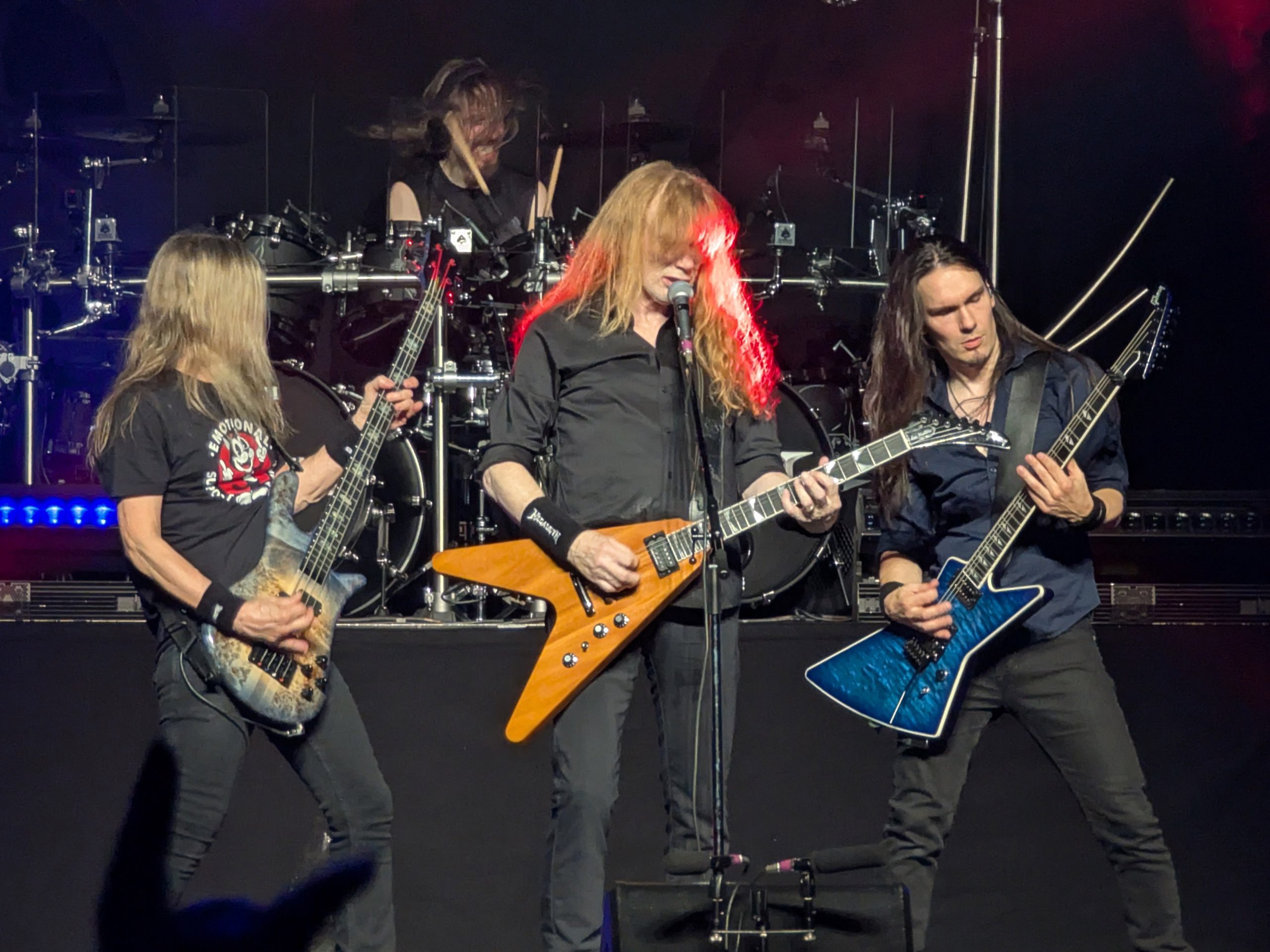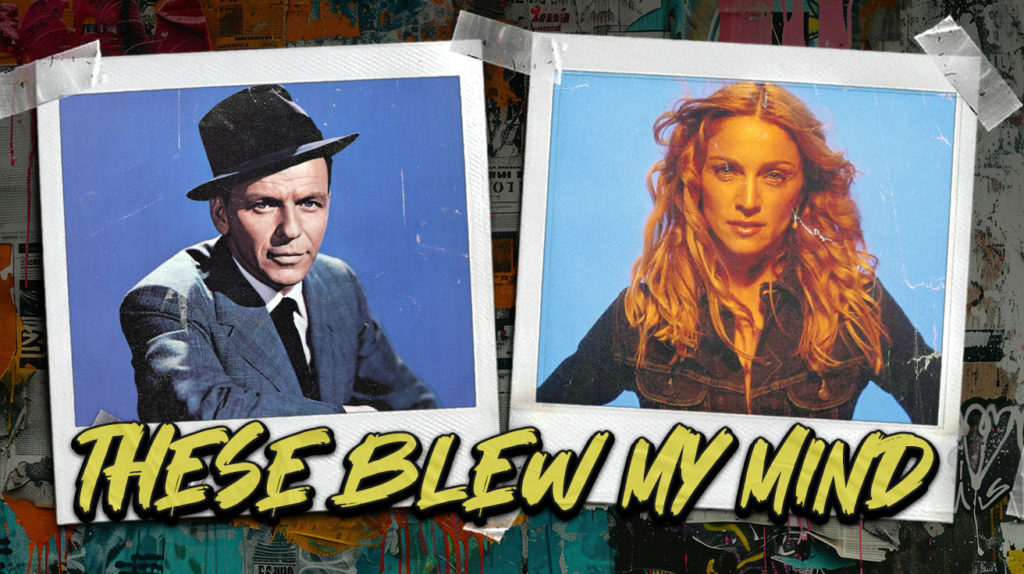
Madonna‘s “Ray of Light” started as 1970s folk music. Frank Sinatra‘s “My Way” began life in French. The Beatles introduced show tunes to rock fans. Music’s most enduring sleight of hand happens right under your headphones – those anthems etched into collective memory weren’t born where you think they were. Behind countless chart-toppers lies a hidden origin story, a first draft that history nearly forgot, a blueprint that someone else transformed into architectural wonder.
22. Mambo Number Five
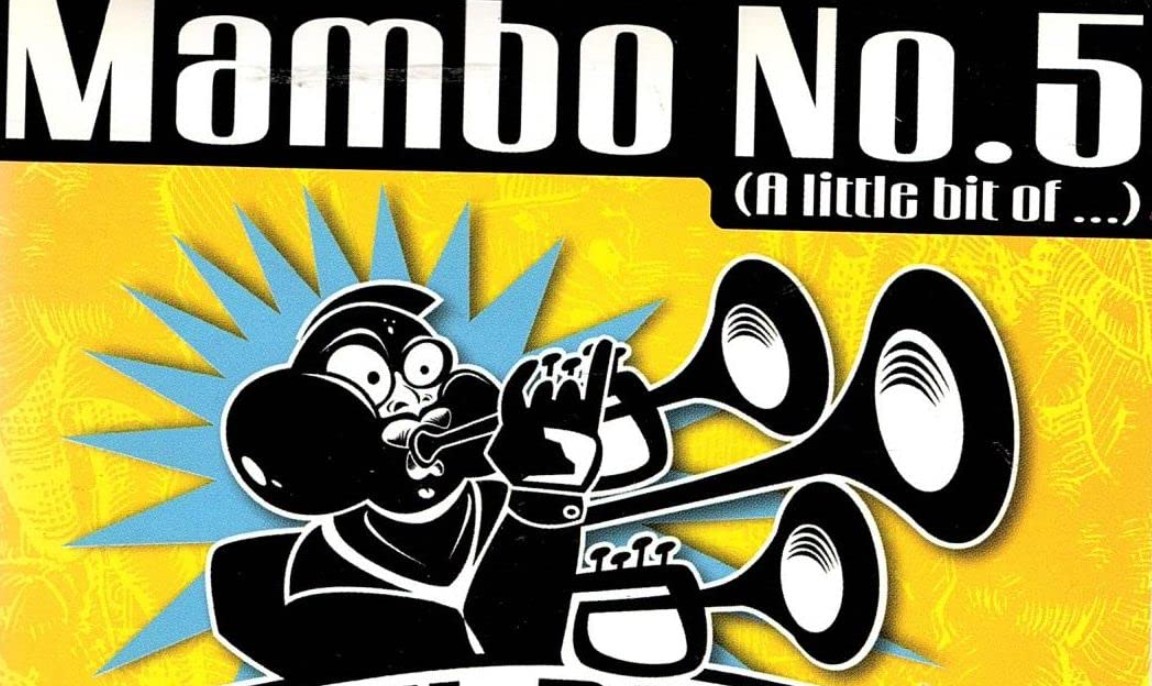
Lou Bega‘s 1999 global hit “Mambo No. 5 (A Little Bit of…)” breathed new life into Damaso Perez Prado‘s 1949 instrumental mambo of the same name, creating a 50-year bridge between musical eras.
Prado’s original showcases the brassy, rhythmic foundations of authentic mambo music without a single lyric. Bega’s stroke of genius was adding a catchy verse-chorus structure and playful lyrics that name-checked women from A to Z. The transformation turned a dance hall instrumental into a pop culture phenomenon that topped charts worldwide.
21. Till There Was You
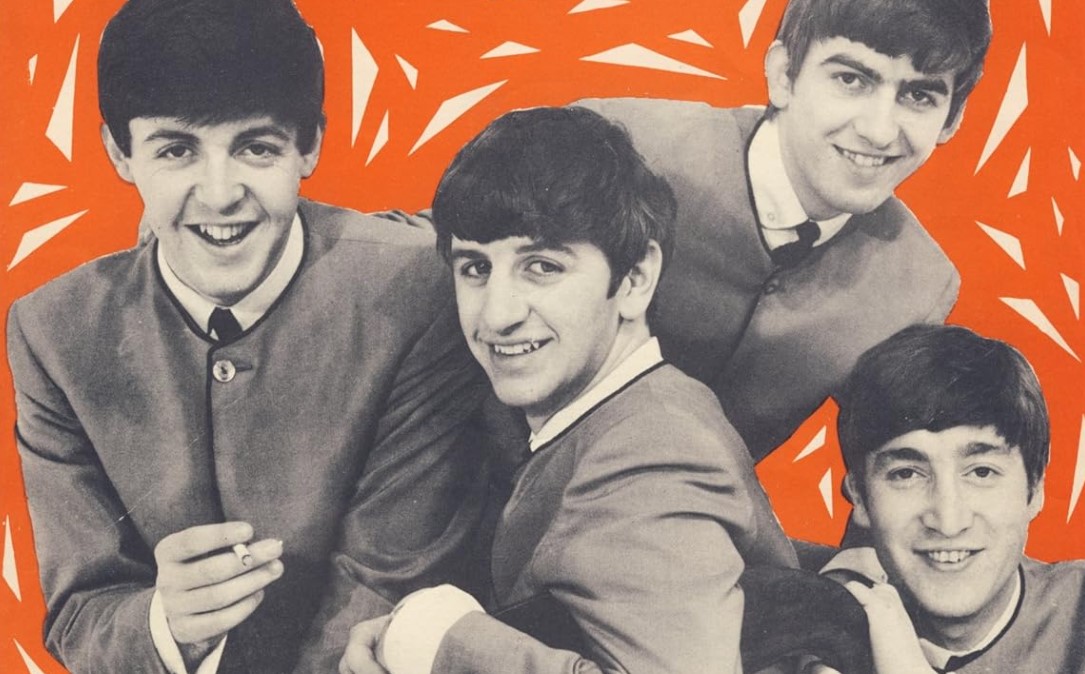
When The Beatles included “Till There Was You” on their 1963 album “With The Beatles,” they introduced countless fans to a melody that began life far from the rock world – as a show tune from Meredith Willson‘s 1957 Broadway musical “The Music Man.”
The original theatrical version embodies classic musical theater traditions with clear diction and expressive delivery. The Beatles’ cover, with Paul McCartney‘s earnest vocal and the band’s gentle arrangement, transformed it into an early example of their versatility beyond rock and roll. Their interpretation bridged the seemingly unbridgeable gap between Broadway and the British Invasion.
20. Who Let the Dogs Out
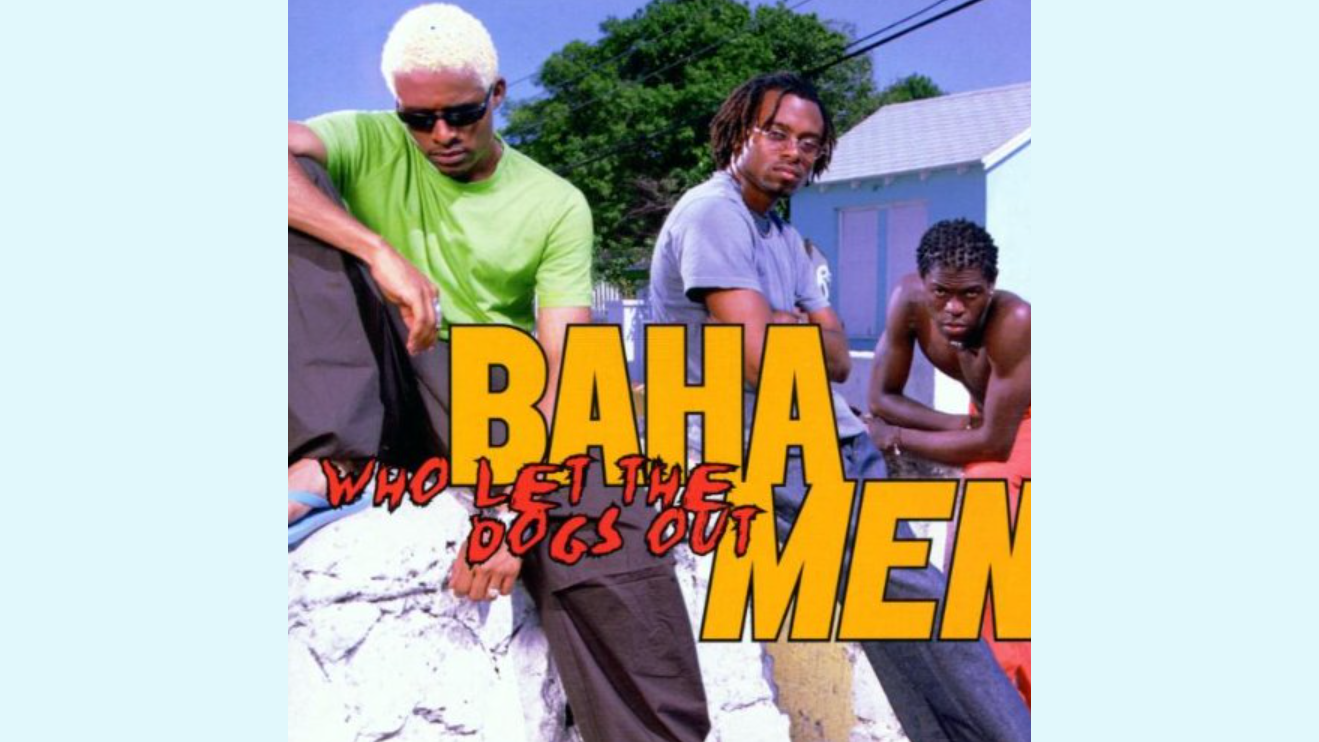
The earworm that dominated stadiums and parties in 2000 has a surprising origin story. Before the Baha Men had everyone barking along, Anslem Douglas released the original “Who Let the Dogs Out” in 1998 as a commentary on disrespectful men.
Douglas’s calypso-influenced version carried cultural context and social commentary that largely disappeared in the Baha Men’s more party-focused interpretation. Their version amplified the hook and the barking chorus to create a global phenomenon that transcended the original’s regional popularity. The Baha Men essentially turned a pointed cultural critique into a universal party starter.
19. Close to You
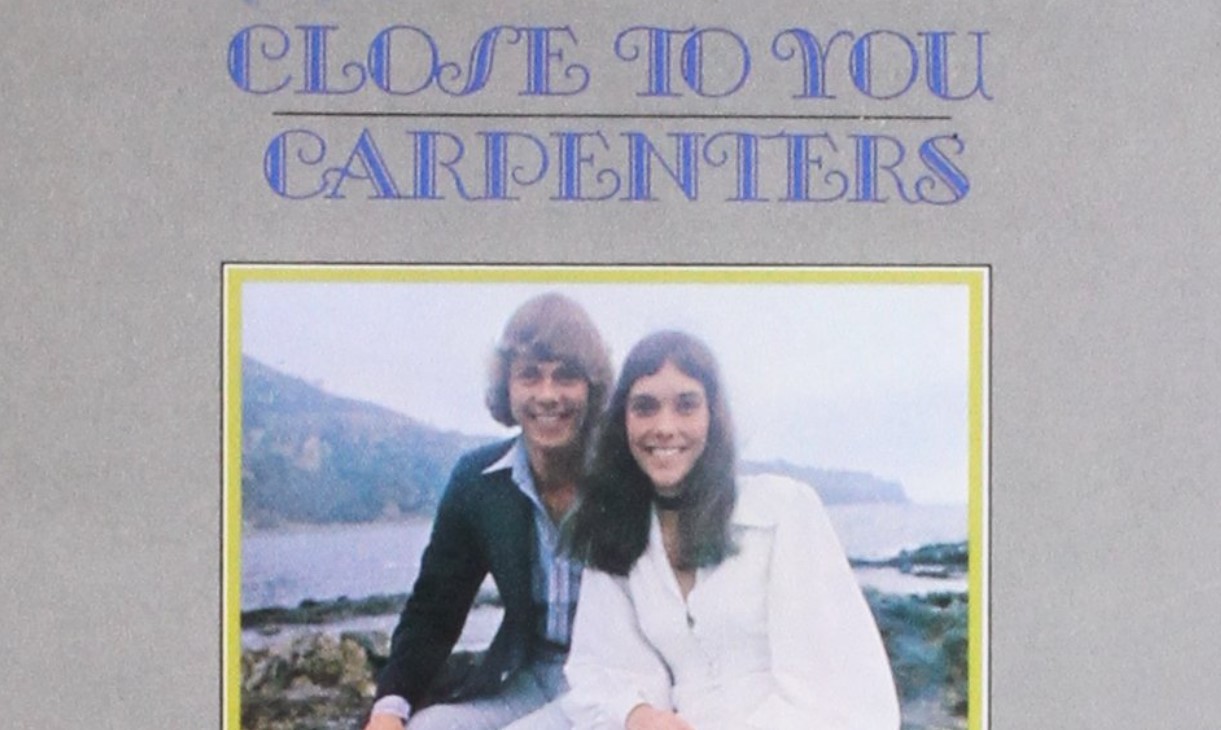
The Carpenters‘ 1970 version of “Close to You” became their breakthrough hit, but few remember that actor Richard Chamberlain recorded it seven years earlier, and even fewer know Dionne Warwick also took a swing at the Bacharach-David composition before Karen Carpenter made it her own.
Chamberlain’s version has a light, almost tentative quality, while the Carpenters’ interpretation soars with Karen’s crystalline vocals and Richard’s lush arrangement. The transformation hinges on the Carpenters’ ability to build an entire sonic world around the melody – where Chamberlain simply sang a pretty song, the Carpenters created an immersive emotional experience.
18. The First Cut is the Deepest

Rod Stewart‘s gravelly 1977 interpretation of “The First Cut is the Deepest” became so definitive that many forget Cat Stevens wrote it and PP Arnold first recorded it a decade earlier.
Arnold’s 1967 version carries soulful vulnerability, with orchestral flourishes that frame her emotional delivery. Stevens later recorded his own take, offering the songwriter’s perspective on his creation. Stewart’s version strips away some ornate production choices, allowing his weathered voice to convey the song’s wounded heart with raw authenticity.
17. Midnight Train to Georgia
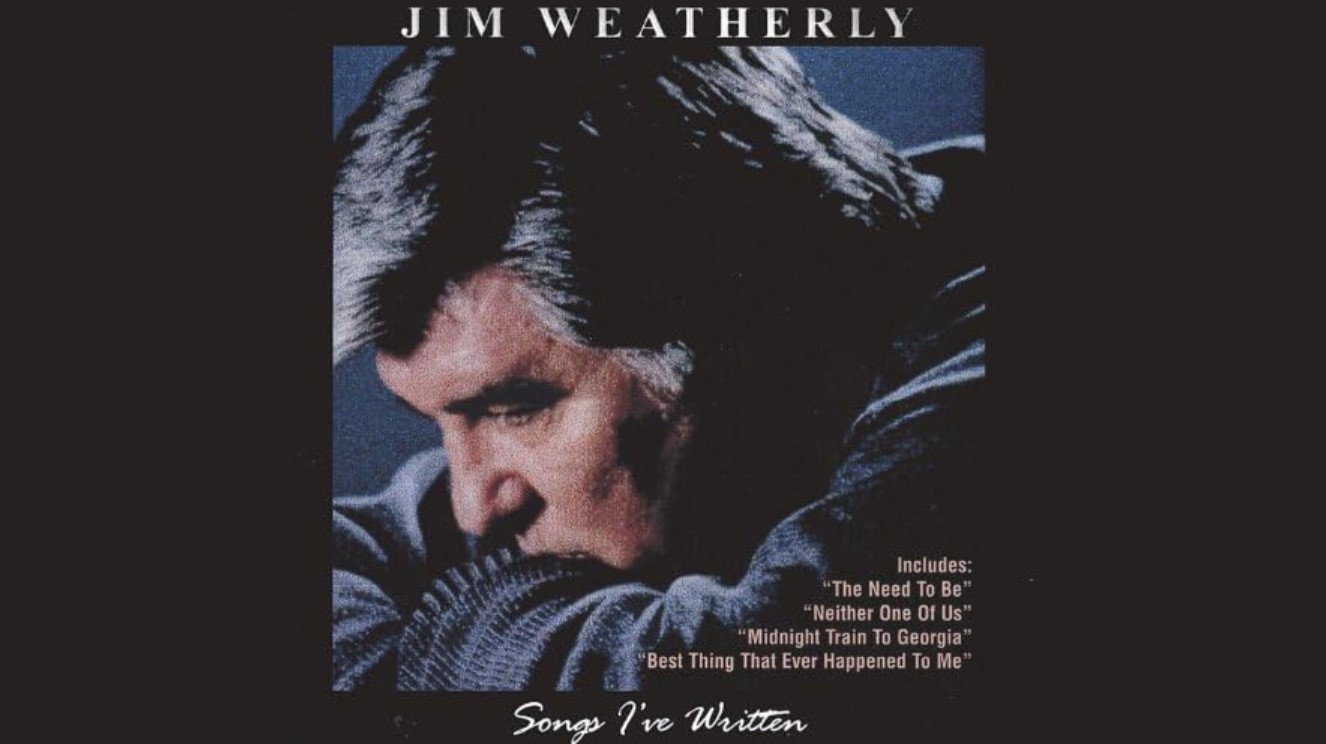
The soul classic “Midnight Train to Georgia” began life with a different mode of transportation and destination. Jim Weatherly originally wrote it as “Midnight Plane to Houston” before Gladys Knight & the Pips transformed it into the soul masterpiece we know today.
The geographical shift from air to rail and Texas to Georgia wasn’t just a title change – it grounded the song in Southern imagery that resonated more deeply with Knight’s interpretation. Her voice infuses the lyrics with a perfect blend of resignation and dignity, supported by the Pips’ impeccable harmonies and commentary.
16. Please Mr. Postman

The Beatles‘ 1963 cover of “Please Mr. Postman” introduced many international fans to a song that The Marvelettes had taken to number one on the US charts two years earlier as Motown‘s first chart-topper.
The Marvelettes’ original captures the anxious anticipation of waiting for a letter from a distant love, delivered with the group’s youthful energy and Motown’s distinctive production style. The Beatles maintained the song’s eager urgency while filtering it through their own musical vocabulary – replacing the female perspective with male vocals and adding their characteristic instrumental touches.
15. New York, New York
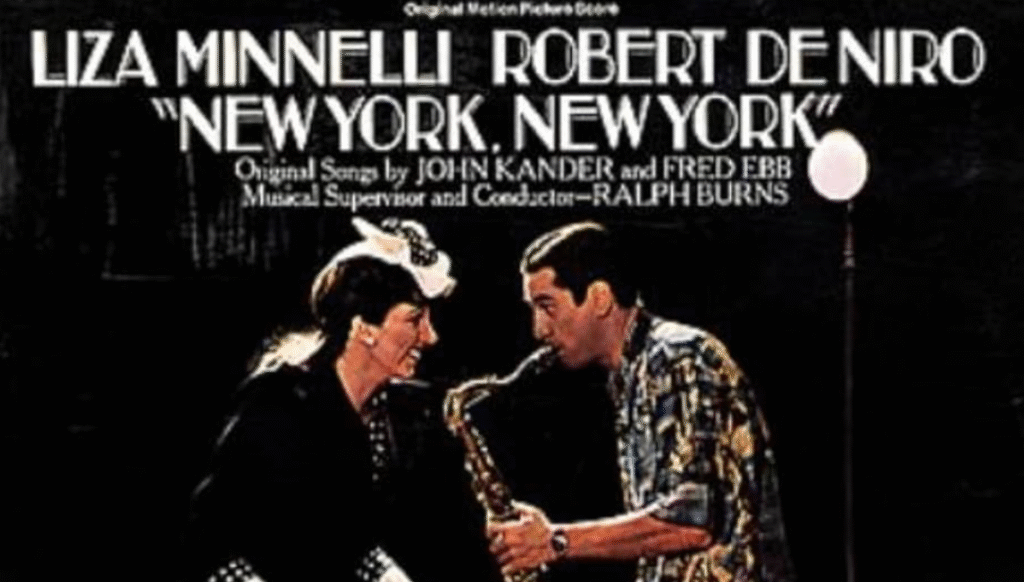
Before Frank Sinatra claimed it as his signature sendoff, “New York, New York” belonged to Liza Minnelli, who introduced it in Martin Scorsese‘s 1977 film of the same name.
Minnelli’s version captures theatrical ambition with Broadway bravado, while Sinatra’s 1979 recording reframes it as a seasoned performer’s love letter to the city that shaped him. His interpretation feels less like reaching for the stars and more like someone who’s already touched them looking back with appreciation. Both versions celebrate the city’s magnetic pull, but through different lenses.
14. Ray of Light
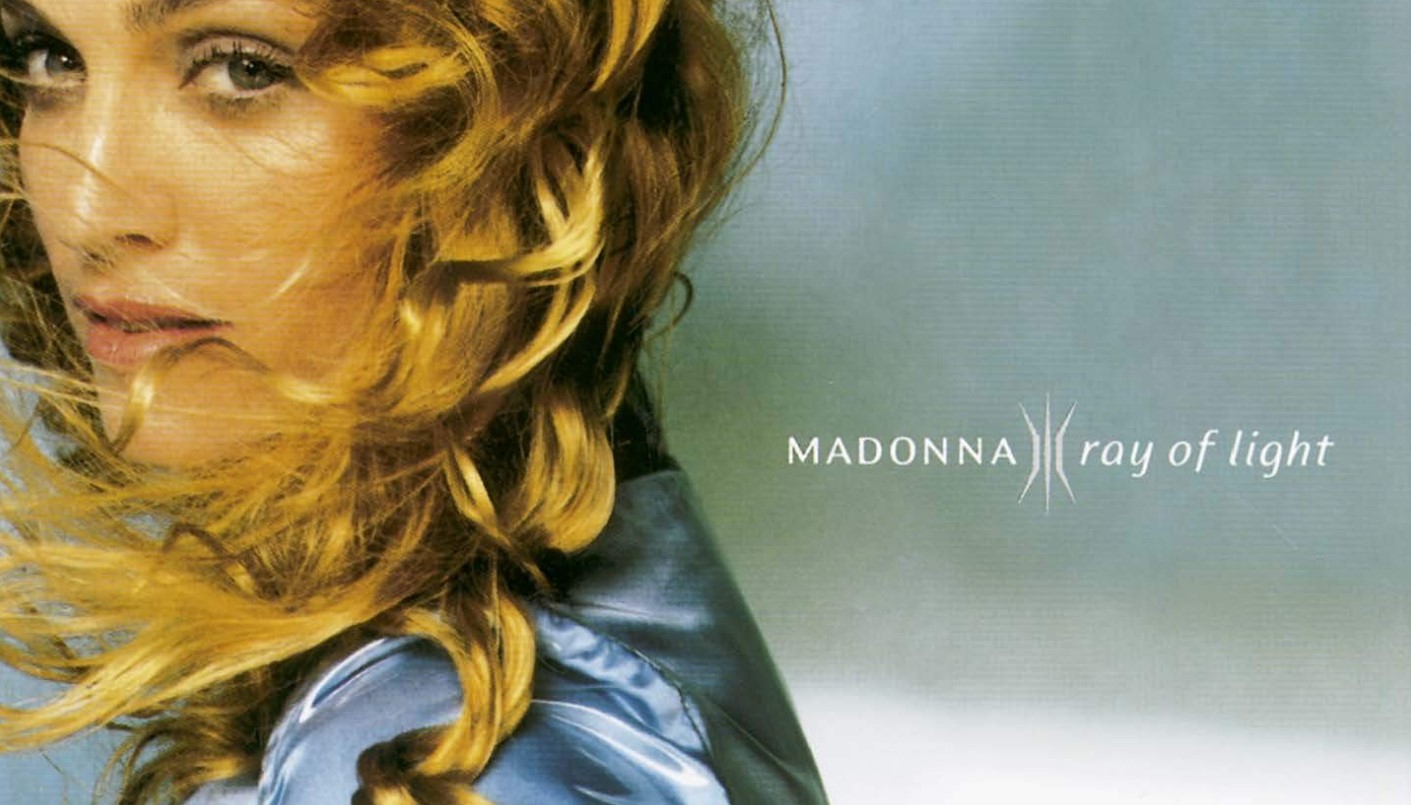
Madonna‘s 1998 electronica revelation “Madonna Ray of Light” didn’t materialize from the club scene as many assume. The track that had millennials bouncing in strobe-lit ecstasy began as a folk ballad called “Sepheryn,” penned by Curtiss Maldoon in 1971.
The transformation reads like a butterfly emerging from a chrysalis made of acoustic guitar strings. Where Maldoon crafted contemplative, earthbound melody, Madonna and producer William Orbit launched it into the stratosphere. They cranked the BPM like they were trying to break the sound barrier, layered in trance-inducing synthesizers, and created a music video that felt like watching the universe expand in fast-forward.
13. Act Naturally

The Beatles‘ 1965 recording of “Act Naturally” gave Ringo Starr a perfect showcase for his unpretentious vocal style, but country fans already knew the song from Buck Owens‘ 1963 original, which topped the country charts.
Owens’ version embodies classic Bakersfield country, with twangy guitars and his distinctive vocal delivery telling the tale of a man whose broken heart makes him perfect for playing a sad role in movies. The Beatles maintained the song’s self-deprecating humor while subtly shifting its sound from Nashville to Liverpool.
12. He Ain’t Heavy, He’s My Brother
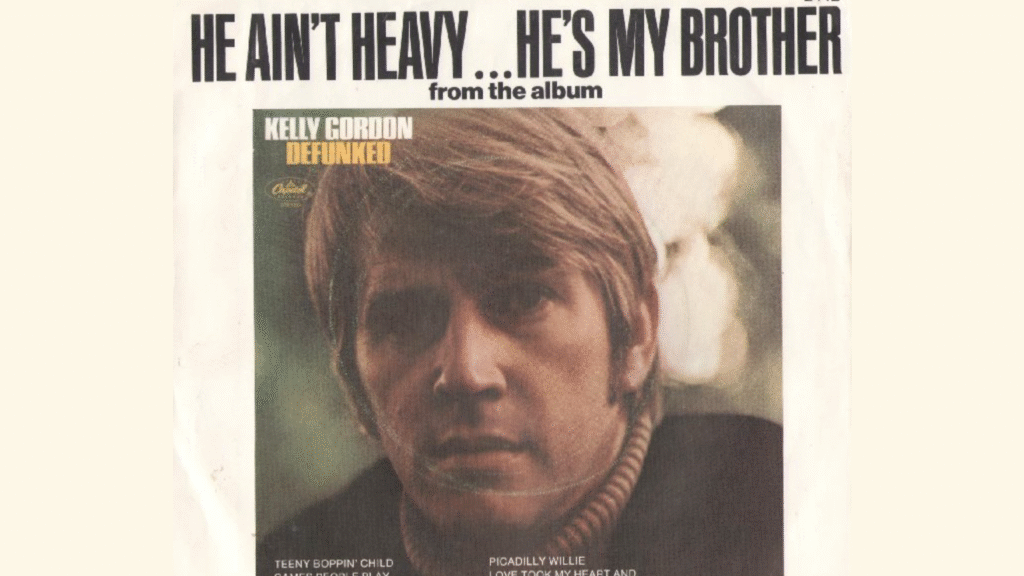
Kelly Gordon recorded “He Ain’t Heavy, He’s My Brother” earlier in 1969, but The Hollies‘ version released later that same year became the definitive recording of this compassionate anthem.
Gordon’s take presents the song with straightforward sincerity, allowing the powerful lyrics to carry the emotional weight. The Hollies elevated the composition through their signature harmonies and a more dramatic arrangement that builds to emotional crescendos. Their version swells with orchestral support that underscores the song’s message of selfless love and human connection.
11. Help Yourself

Tom Jones‘ swaggering 1968 hit “Help Yourself” has all the hallmarks of a Welsh-born crooner’s signature sound. Yet the song began life as “Gli Occhi Miei,” an Italian tune with entirely different cultural sensibilities.
Jones and his team recognized the melody’s potential, adapting it with English lyrics that maintained the romantic essence while making it accessible to international audiences. His charismatic delivery, complete with those signature vocal flourishes, transformed a regional favorite into a worldwide smash. The song’s journey demonstrates how music can traverse linguistic barriers when paired with the right interpreter.
10. A Taste of Honey

Another unexpected Beatles cover, “A Taste of Honey,” appeared on their 1963 debut album “Please Please Me,” but began as an instrumental theme for the 1960 Broadway play of the same name before Bobby Scott and Ric Marlow added lyrics.
The original instrumental version by composer Bobby Scott creates a moody, jazz-influenced atmosphere. The Beatles reimagined it with their distinctive harmonies and Lennon-McCartney arrangement sensibilities. Their interpretation maintained the song’s melancholy core while making it accessible to pop audiences who might never have encountered the theatrical original.
9. Something Stupid

The father-daughter duet “Something Stupid” became a Sinatra family signature in 1967, but its origins lie with the husband-wife duo Carson and Gaile Parks, who recorded it just one year earlier.
The original carries homespun charm, with straightforward production that emphasizes the lyrics’ sweet awkwardness. The Sinatras’ version polishes every element – from the lush orchestration to the pristine vocal performances – creating a more sophisticated take on romantic hesitation. The father-daughter dynamic adds an intriguing layer of interpretation absent from the husband-wife original.
8. Renegades of Funk
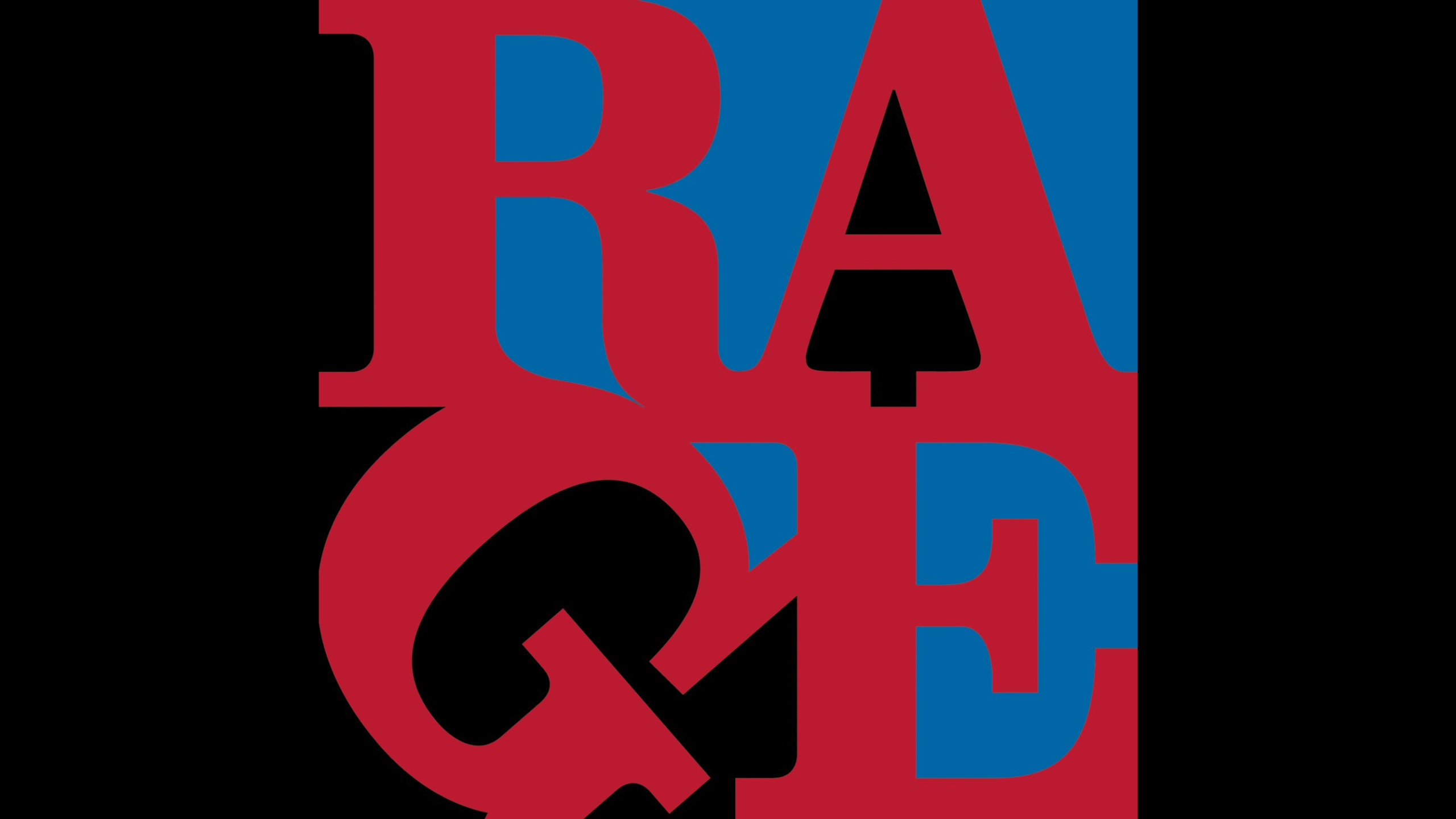
Rage Against the Machine‘s blistering 2000 cover of “Renegades of Funk” introduced the song to alternative rock audiences, but it began as a 1983 electro hip-hop track by Afrika Bambaataa & Soulsonic Force.
Bambaataa’s original merges electronic beats with rap delivery, naming revolutionary figures throughout history in a celebration of counterculture resistance. Rage Against the Machine maintained the song’s revolutionary spirit while translating it into their signature combination of heavy guitar riffs, thunderous drums, and Zack de la Rocha‘s impassioned vocals. Their version demonstrates how musical rebellion can transcend genres while maintaining its essential message.
7. Land of a Thousand Dances
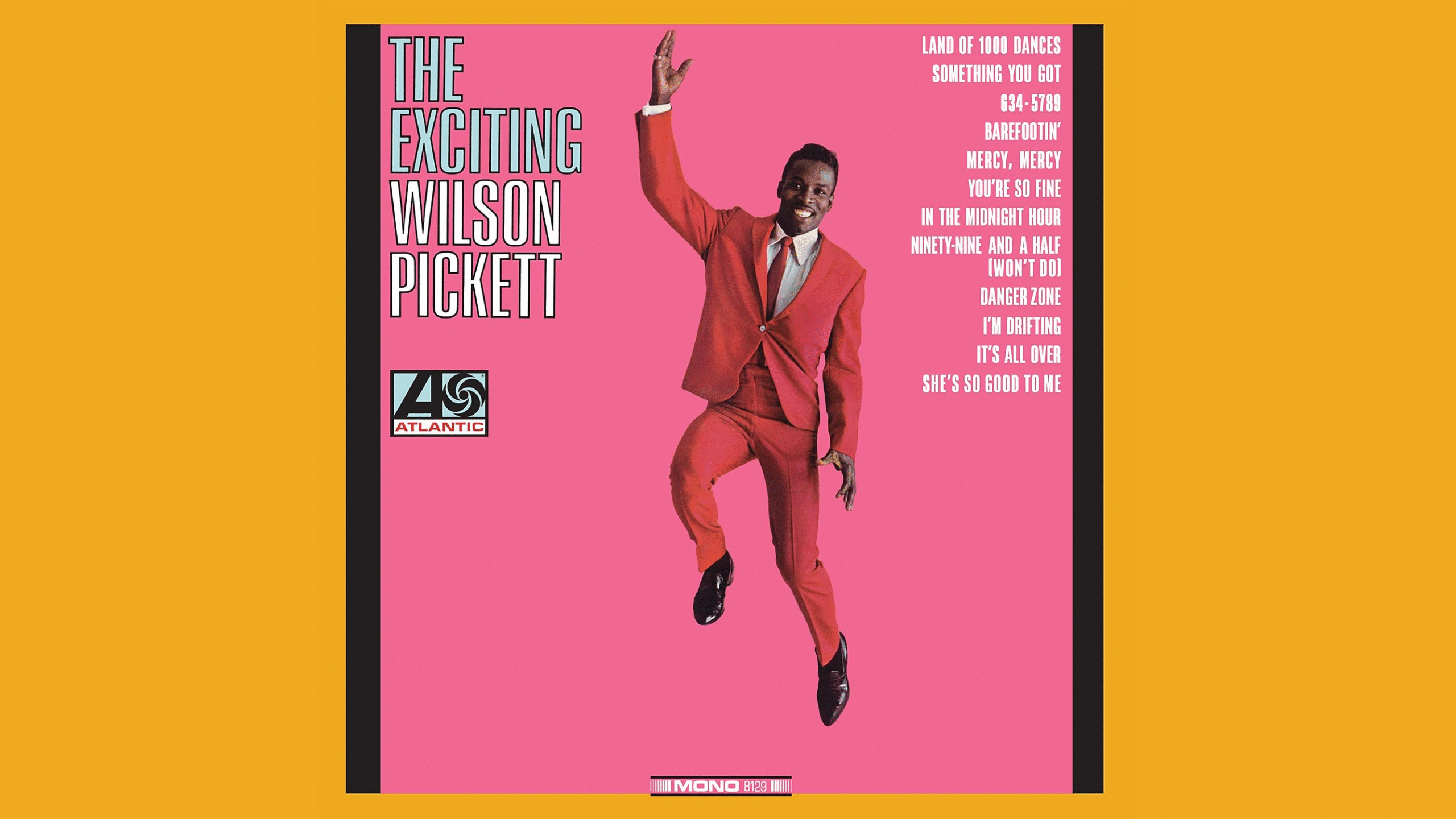
Wilson Pickett‘s explosive 1966 version of “Land of a Thousand Dances” feels like the definitive recording, but Chris Kenner laid the groundwork with his original in 1962.
Kenner’s recording introduced the song’s infectious foundation and the iconic “Na na na na na” refrain that would become its calling card. Where Kenner planted seeds, Pickett unleashed a forest fire. His version cranks up the intensity with his trademark vocal growls, punchy horns, and a rhythm section that sounds like it’s running on pure adrenaline.
6. My Way
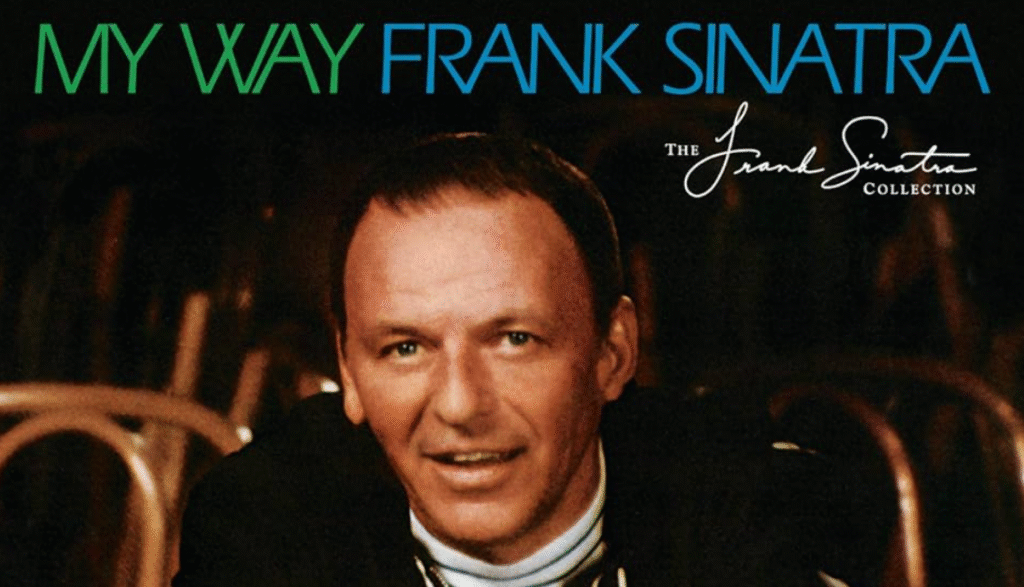
Frank Sinatra My Way: Frank Sinatra‘s definitive statement of individualism began as someone else’s song in another language. “My Way” originated as the French composition “Comme d’habitude” by Claude François in 1967, before Paul Anka acquired the rights and rewrote the lyrics specifically for Sinatra.
Anka’s brilliant adaptation shifted the song’s focus from routine to reflection, crafting a narrative of life lived on one’s own terms. Sinatra’s authoritative delivery, with its perfect blend of vulnerability and defiance, elevated the composition to anthem status. The transformation showcases the alchemy that happens when the right lyrics meet the right voice.
5. Superstar
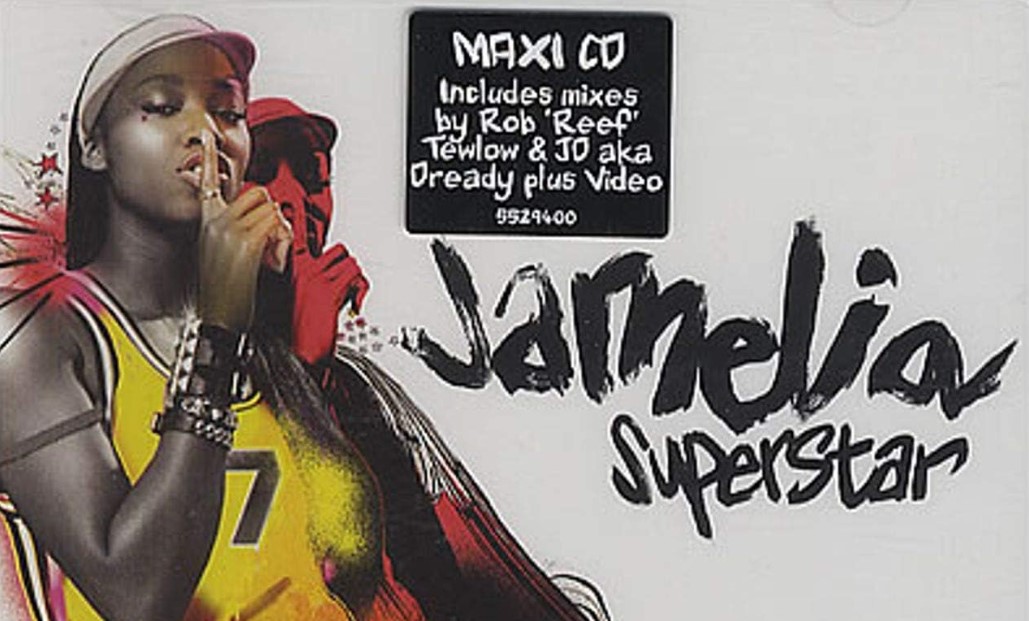
Jamelia‘s 2003 hit “Superstar” conquered UK charts and beyond, but it began as Danish singer Christine Milton‘s track released earlier that same year.
Milton’s original has all the song’s recognizable elements, delivered with polished Scandinavian pop production. Jamelia’s version adds a more soulful vocal approach and subtle production tweaks that gave it wider international appeal. The quick turnaround between versions shows how rapidly music can travel across borders in the modern era, with songs being adapted for different markets almost simultaneously.
4. What a Man
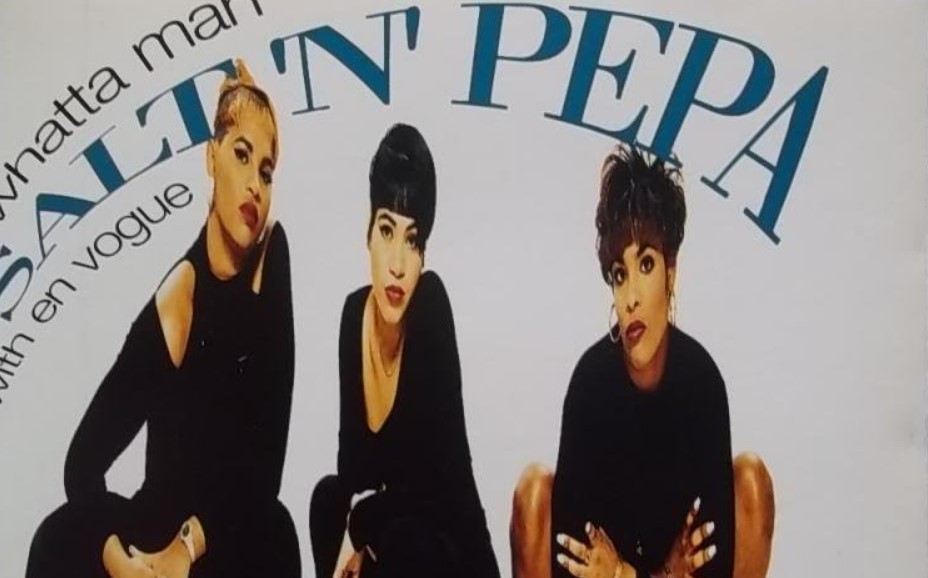
Salt-N-Pepa‘s 1993 collaboration with En Vogue on “Whatta Man” became an anthem of female appreciation, but it sampled and reimagined Linda Lyndell‘s 1968 soul track “What a Man.”
Lyndell’s original celebrates a man’s positive qualities with horn-driven Memphis soul energy. Salt-N-Pepa’s version transforms it into a celebration of male excellence from a 90s hip-hop feminist perspective, adding rap verses and En Vogue’s smooth R&B harmonies. The 25-year journey between versions spans significant cultural shifts in how women expressed desire in popular music.
3. Tainted Love

Before it soundtracked countless 80s nights and retro parties, “Tainted Love” emerged from the soul scene of 1965. Gloria Jones delivered the original with raw, wounded emotion – a heartbreak anthem with horns and a driving Motown-adjacent backbeat.
Sixteen years later, Soft Cell performed the sonic equivalent of trading bell-bottoms for black eyeliner. Their 1981 synth-pop reinvention slowed the tempo, stripped away the brass section, and added those iconic electronic pulses that sound like a heartbeat on life support. Marc Almond‘s vocals transformed Jones’ defiance into something more vulnerable and desperate.
2. Fly Me to the Moon

The cosmic journey of “Fly Me to the Moon” began in much more modest surroundings – as a waltz titled “In Other Words” written by Bart Howard in 1954. The original’s gentle 3/4 time signature gave it a dreamy, floating quality that matched its romantic lyrics.
When Quincy Jones reimagined the arrangement for Frank Sinatra in 1964, he made a seemingly simple but transformative change – shifting to 4/4 time. This rhythmic recalibration gave the song swing and momentum, like trading a hot air balloon for a rocket ship. Sinatra’s confident delivery completed the metamorphosis.
1. The Twist
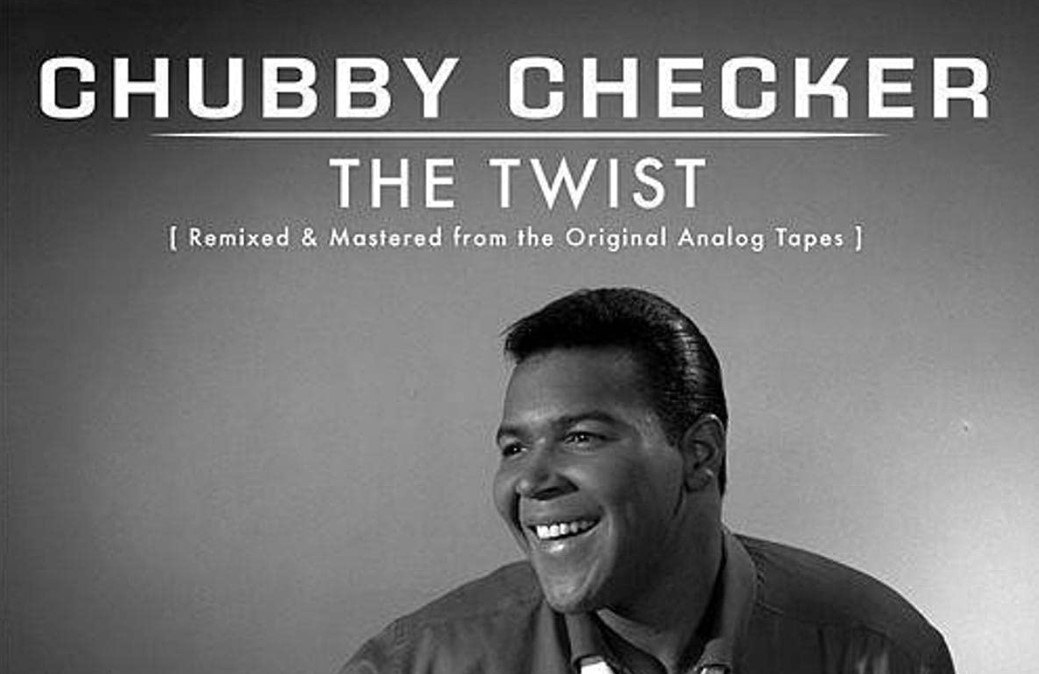
Before Chubby Checker twisted his way into dance history, Hank Ballard and the Midnighters recorded the original version of “The Twist” in 1959, two years before Checker’s career-defining cover.
Ballard’s original has a rawer, more rhythm and blues feel, with a slightly slower tempo that emphasizes its suggestive undertones. Checker’s 1961 version polished the rough edges, speeding up the tempo and delivering the lyrics with infectious enthusiasm that made the dance instructions crystal clear. His television performances demonstrating the dance move turned a song into a full-blown cultural phenomenon.









